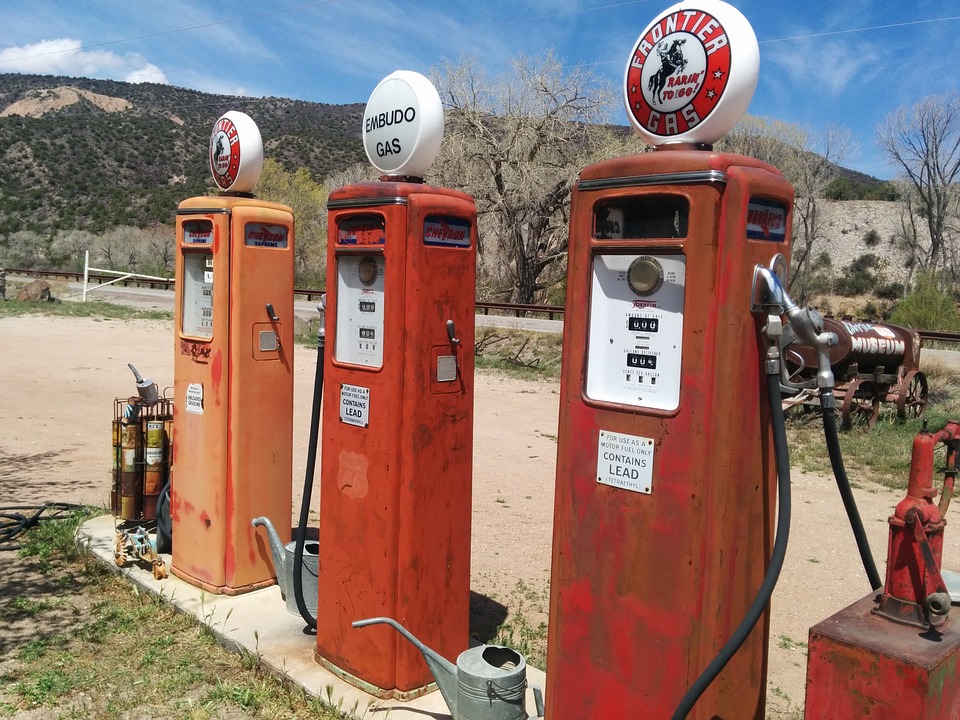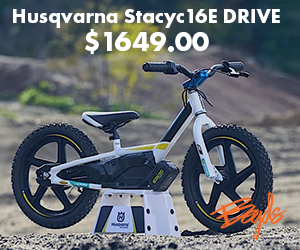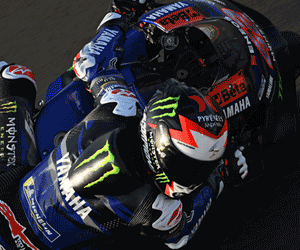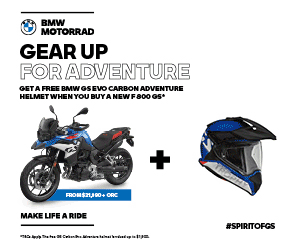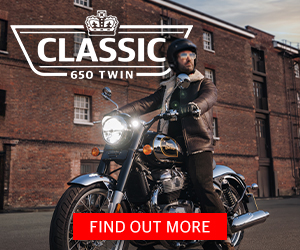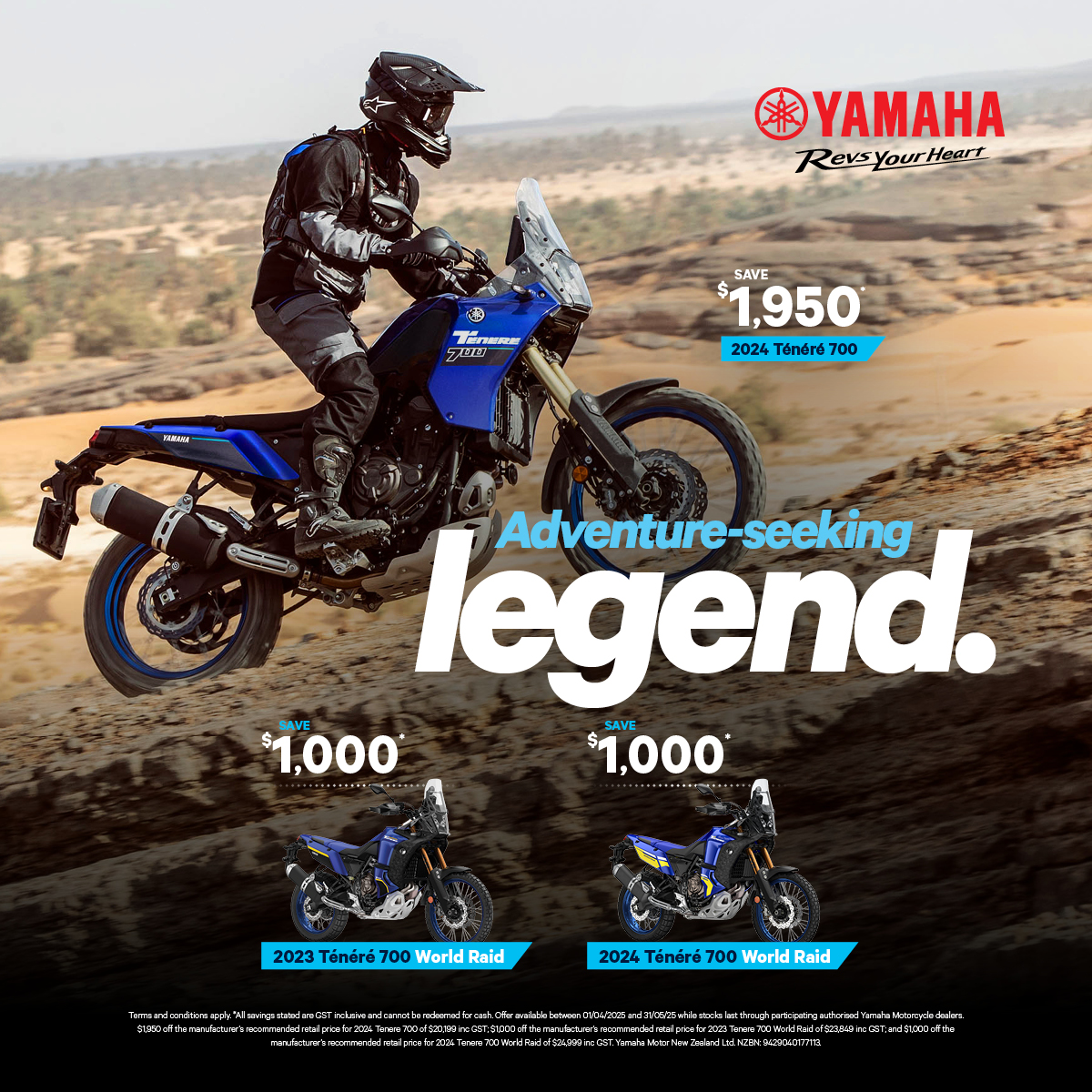Recently, ‘E’ fuels appear to be making headlines, leaning heavily on the feel-good ‘green’ factor. But are ethanol blends really the enviro-friendly option or is it all just smoke and mirrors?
The argument for ethanol content in fuel does have merit. But, if you delve deeper, it’s not as clear-cut as it looks on the ads. Sure, it’s cheaper to fill your tank with a part ethanol brew but that doesn’t necessarily mean more miles traveled on your dollar.
You see, alcohol comes in two varieties: ethanol (ethyl alcohol) and methanol (methyl alcohol). Methanol has long been the fuel of choice for many race classes, from drag racing to classic motorcycle racing. Ethanol has more traditionally been drunk, as this form is responsible for the attraction to alcoholic beverages. Drink methanol and you’ll encounter blindness and even death with minute quantities – it builds up in your system, too, so don’t go there.
There is a certain mystique surrounding the use of alcohol in ICE (internal combustion engines) applications. There has been for decades, so it’s nothing new, just a familiar argument dredged up again with the likes of E-10 fuel available at our pump. Although, the most commonly available version, E-10 is only ten per cent alcohol.
We’ll quell some rumours about alcohol in general…
Will running your bike on alcohol make it go faster?
Unless you make some major changes to your fuel injection or jets in the carbs, then, no, not really. You need around 50 per cent more ethanol pumping into your cylinders than you would regular petrol to get the same amount of power, as petrol has a higher calorific value (energy). The main advantage in the performance world is alcohol burns at a lower temperature and the sheer wet volume also helps the engine run cooler. Just poking straight ethanol or methanol in your tank will simply see you stuck at home with a bike that won’t run properly. Hence the ‘blended fuels’ deal.
Under the Green Cloth…
So, what’s the point of using ethanol in bikes and cars? There are two reasons, the first being it is considered greener than dredging oil, but some of the crops grown in some countries, at the expense of that environment, to produce ethanol can also have an adverse environmental and social impact approaching the hunt for fossil fuels.
The second is the renewable bit. You can grow crops to produce ethanol, but it takes millions of years for the harvest of crude oil to take place even after the forests are felled. So, in that point, the biofuels and blended fuels have a valid argument. But, even then, if it means causing devastation in areas like the Amazon to fuel vehicles in far-flung areas…
That does need to be taken into the account as part of the ‘cost’ of crop-derived fuels. It needs responsible management to be labeled renewable or environmentally sustainable.
Apples with Apples
OK, so if the fuel has ten percent ethanol content, it won’t propel your bike as far as straight petrol, so it needs to be cheaper if you want to actually save money rather than just feeling smug for that instant when you pay for the fuel. If it’s noticeably less at the pump, sure, you’ll save a few cents at the end of the day. As a guide, E10 needs to be five cents per litre cheaper than its mineral equivalent to actually offer the same value – apart from the clean burning part – as in greenhouse gas emissions.
Like most good things, there is a but…
One problem with alcohol of any type is its tendency to absorb moisture and that opens up a few less than ideal scenarios. The most obvious one is for those who store their bikes for prolonged periods – as in not registering the bike over winter. That moisture absorbed by the fuel can lead to corrosion inside the fuel tank and all the associated issues with rust in the system. Also, on the downside, alcohol is more aggressive on some seals, gaskets and other components, even some metal parts. Racers drain their tanks and carbs, run a few minutes on petrol and that’s the ritual at day’s end. You’re not going to do that each time, so if your bike is going to be holed up for a long time, don’t run an ethanol blend in the last fill. Your bike does not have to come in direct contact with rain for this to occur; since, being hygroscopic, alcohol attracts moisture vapour from the atmosphere and holds it in solution, releasing it again as evaporation that then condenses on the inside surface of your tank – that’s when the problems can start.
That certainly does not mean you can’t or shouldn’t use it. All it means is that you should be aware so you avoid complications. On the up side, even though alcohol has a lower calorific value, as in less energy per litre, it does come armed with a higher octane rating, avoiding pre-ignition and detonation in high compression engines. That advantage is diluted when the petrol is added to the mix, so it really is a complex formula with ethanol, petrol and the raft of additives making it less straightforward than purer fuels like the expensive race fuels or even avgas. If your local servo uses blended fuels and you’re happy with it, fine. Just keep the points in mind when you chuck the cover over your pride and joy for extended periods. The best way to avoid any and all tank corrosion issues is to ride every day…
Finally, and this is a big one, breweries have worked out that making ethanol from the waste product of producing beer is possible, which is why DB are already doing that. As yet, it is unproven that beer drinkers will save the planet by drinking copious amounts of DB Export; but, as excuses go, it’s a good ‘un.
The E Bit
The ‘E’ rating is purely a guide to the percentage of ethanol content, so E10 is 10 per cent ethanol, etc. In New Zealand, only low-ish ethanol content fuels are readily available (although a few places now offer Gull E85 – 85 per cent biofuel). But, as the levels rise, be aware – subsidies that don’t appear to be fully passed down the line to consumers suggest they will. Heading for more ethanol might be considered ‘green’ but that effect falls over if it kills your engine. Older models don’t cope as well with the biofuel blends either, so best steer clear on your irreplaceable classics.
Cleaner… Greener… Or Not
A litre of petrol releases around 50 per cent more C02 than a litre of pure ethanol when burned in your engine. Sounds like petrol is the bad-boy in the test but wait, it’s not so clear-cut when you get back to comparing in the real world. It takes 1.4 litres of ethanol to propel your ICE-powered vehicle the same distance as a litre of petrol, so you need to rethink the equation. If you compare the ‘nasties’ per kilometer traveled, rather than litre burned, they stack up almost eerily close. So if you’re throwing stones at petrol, it might pay to do so from somewhere other than a ‘greenhouse’… or was that glass houses?
Next, is there a downside to the clean, green, electric bikes?

